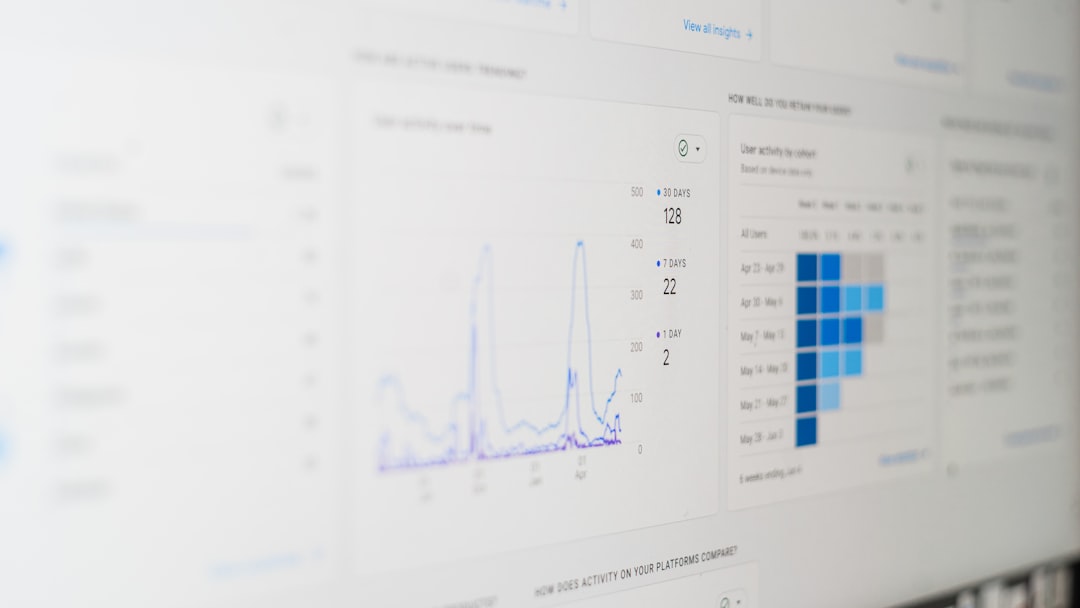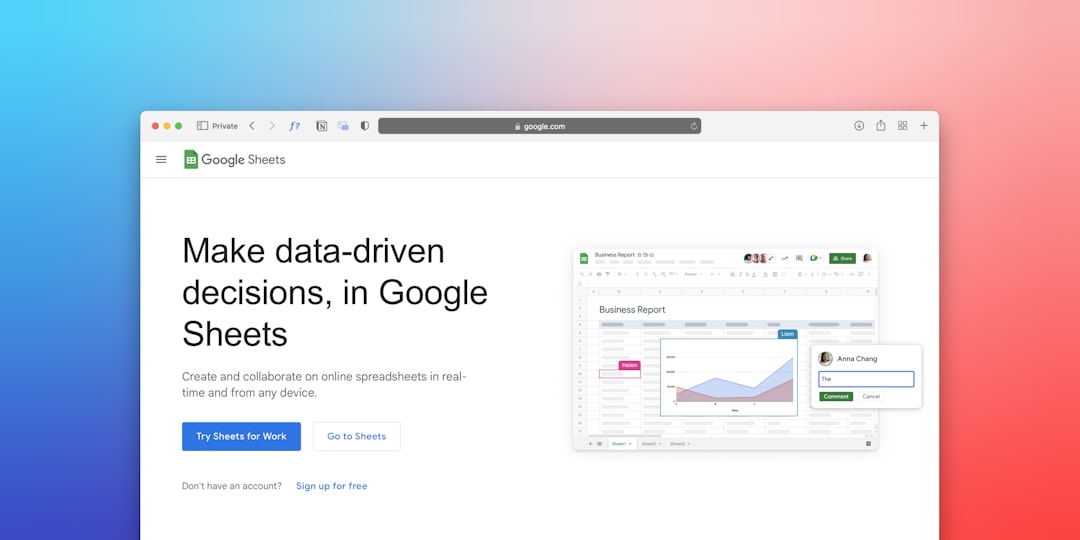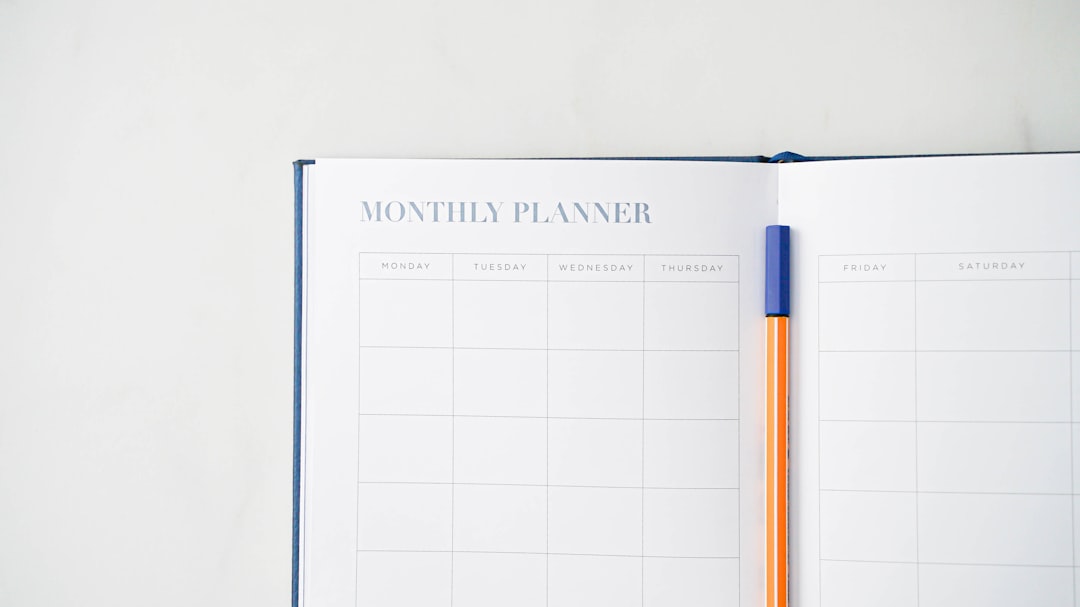Running an A/B test can be a game-changer for your business decisions. Whether you’re optimizing a landing page, testing product prices, or enhancing a subscription model, A/B testing offers a structured way of learning what works best. But one of the most crucial questions marketers and analysts face before launching an experiment is: How long should the test run, and how many visitors do I need to reach valid conclusions?
This question leads us directly into the heart of three statistical concepts that form the foundation for every successful A/B test: Statistical Power, Test Duration, and Statistical Significance.
Understanding Statistical Power
Statistical power is the probability that your A/B test will detect a difference when there actually is one. In simpler terms, it’s your test’s ability to avoid a false negative.
The most commonly accepted power level in A/B testing is 80%. This means there’s an 80% chance your test will detect a true difference between the control and variation, should one exist. Increasing statistical power to, say, 90% makes your test more reliable but also requires a larger sample size.
You can increase power by:
- Increasing the sample size
- Reducing variability in your data
- Choosing a larger effect size (i.e., the difference you expect between variants)
For example, suppose you’re testing a new headline on your homepage to improve sign-ups. If a 1% uplift is your minimum hoped-for improvement, you’ll need a much larger sample than if you’re aiming for a 10% improvement. The smaller the effect you want to detect, the higher the sample and effort required.
The Role of Significance
Statistical significance is a way to quantify whether the changes you observe in the test are due to chance or not. Typically, A/B testers use a significance level of 5% (denoted as p < 0.05). This means that there’s a 5% chance your result is a fluke, or, put another way, you have 95% confidence in your outcome.
It’s tempting to look early at an A/B test and stop it once you see a big difference. But doing this increases your chances of making a Type I error — a “false positive.” To preserve integrity, predefine your significance level and don’t peek prematurely at your results without proper statistical corrections.
Minimum Test Duration: It’s Not Just About Traffic
When deciding how long to run an A/B test, most people think only about the amount of traffic. While reach is vital, there are deeper considerations:
- Sample size requirements — How many visitors you need to reach statistical power and significance
- Business cycles — Weekly or monthly fluctuations can skew results
- User behavior variance — Do most of your users convert instantly, or does it take days?
At a minimum, most experts recommend running tests for at least one complete business cycle — typically 7 days. Why? Because behavior often changes on weekends versus weekdays. A test that only runs Monday through Thursday may not reflect the full picture.

There are also other reasons to let your test run the full course:
- Late conversions: Some users visit multiple times before converting, especially in B2B or high-ticket purchases.
- Cookie lifespan: Ensure your test isn’t affected by users clearing cookies and being reassigned to a different group.
- Implementation issues: The first few days may identify bugs or tracking issues; you want time to adjust without skewing data.
A Quick Recap of Key Minimums
Here is a simplified breakdown of important A/B testing minimums you should consider before launching your test:
- Statistical Power: 80% or higher
- Significance Level: 5% (p < 0.05)
- Minimum Duration: 7 days (ideally at least as long as one complete business cycle)
- Minimum Sample Size: Depends on desired effect size and conversion rate; calculate using a statistical calculator
How to Calculate Minimum Sample Size
To calculate your required sample size prior to running a test, you’ll need the following inputs:
- Baseline conversion rate: The current conversion rate of your control group
- Minimum detectable effect: The smallest improvement worth detecting
- Power level: Usually 80% or 90%
- Significance level: Typically 5%
For example, if your control converts at 10%, and you want to detect a 1% absolute increase (to 11%), you’ll need roughly 15,000 visitors per variant for 80% power at 5% significance.
Many online calculators are available that do this for you, such as those offered by Optimizely, VWO, or Evan Miller. Input your variables, and it tells you the minimum visitors needed — saving you from running an underpowered experiment.
The Danger of Running Tests with Insufficient Minimums
Running an A/B test below required minimum levels — whether in sample size, duration, or significance — can lead to:
- False positives (thinking a change worked when it didn’t)
- False negatives (missing a genuinely better variation)
- Misleading conclusions that hurt long-term strategy
Imagine spending weeks redesigning a checkout process based on a test that wasn’t valid. Now imagine realizing the new design performs worse. That’s both a business loss and a hit to reputation. Ensuring the validity of your test up front avoids these pitfalls.

Sequential Testing and Peeking
Some modern testing platforms offer sequential testing algorithms that account for peeking at results. This adaptive method can speed up decision-making without inflating error rates. However, unless your platform is designed for this (e.g., Google’s Bayesian-based Experiments), it’s best to avoid drawing early conclusions.
If you’re using a traditional frequentist statistical model, stick to your original plan, commit to a calculated sample size and duration, and resist temptation to end early.
Final Thoughts: Patience Pays Off
A/B testing, at its core, is about disciplined experimentation. Rushing a test or ignoring statistical minimums undermines the entire learning process. By properly considering and implementing minimum requirements for power, duration, and significance, your A/B tests will yield more reliable, actionable results that lead to truly better decisions.
So the next time you’re tempted to call a test early or skip the sample size formula, remember — it’s not just about launching faster. It’s about learning better. And in a world where competition is fierce and user experience is everything, better always beats faster.

